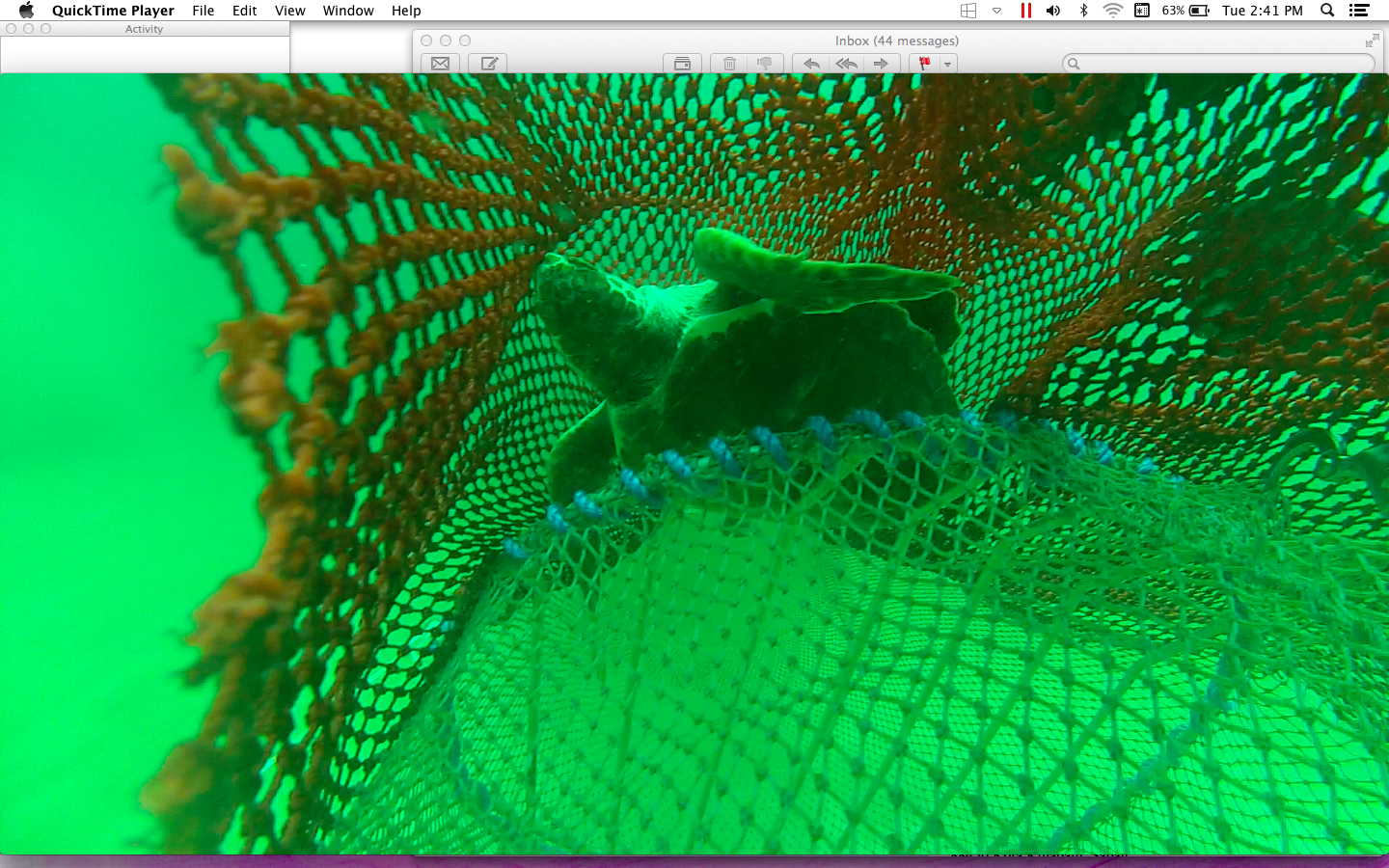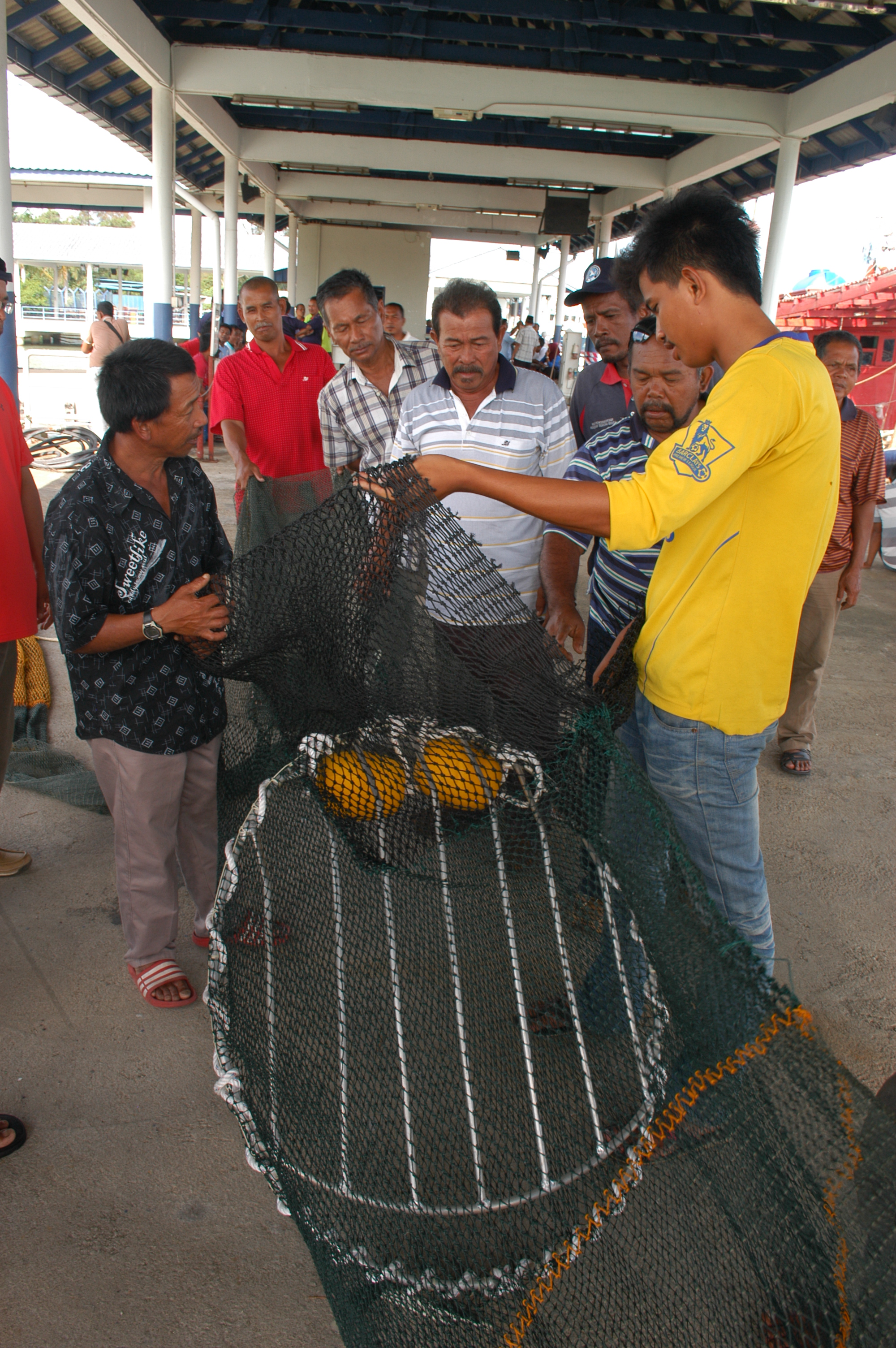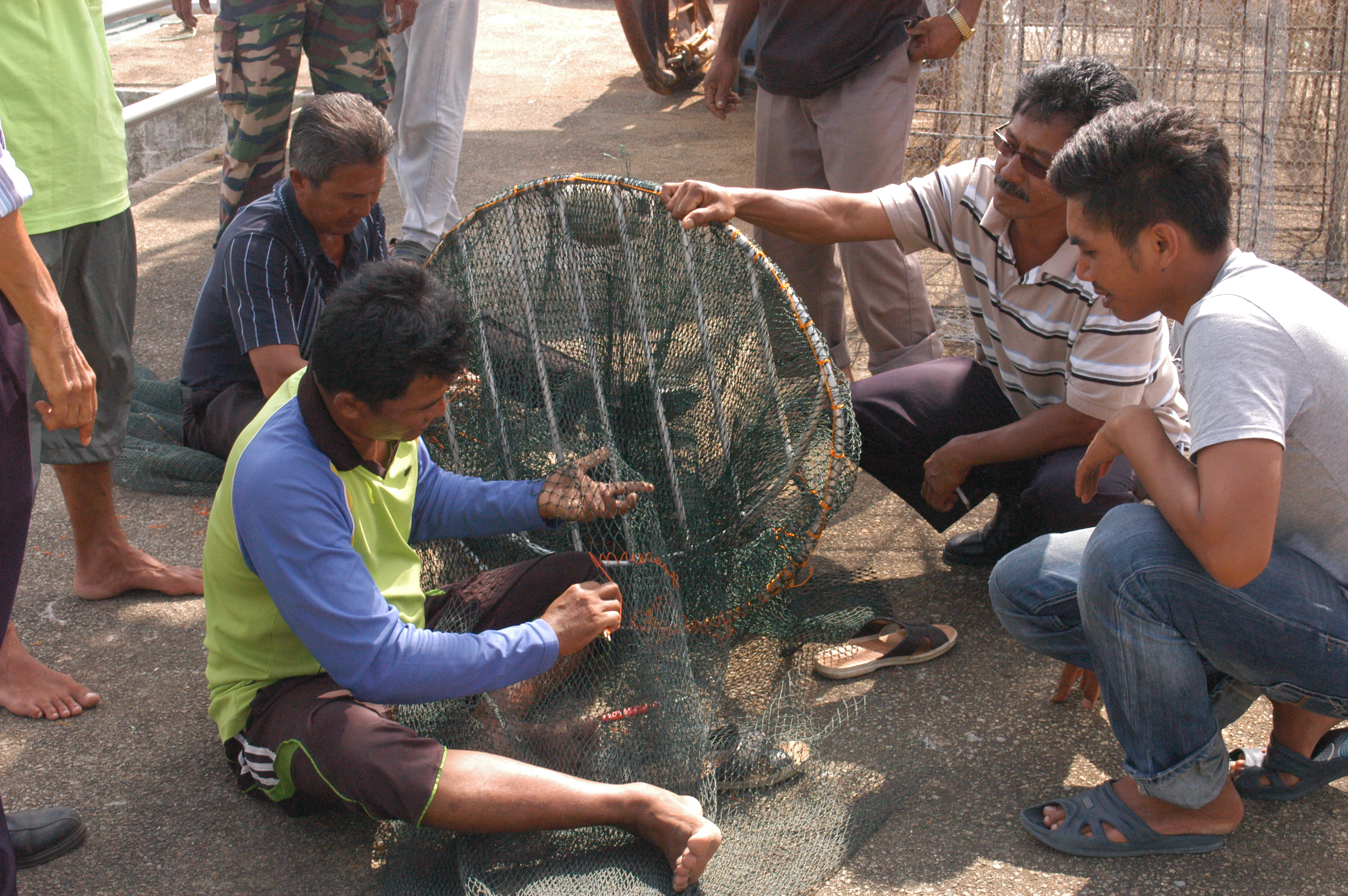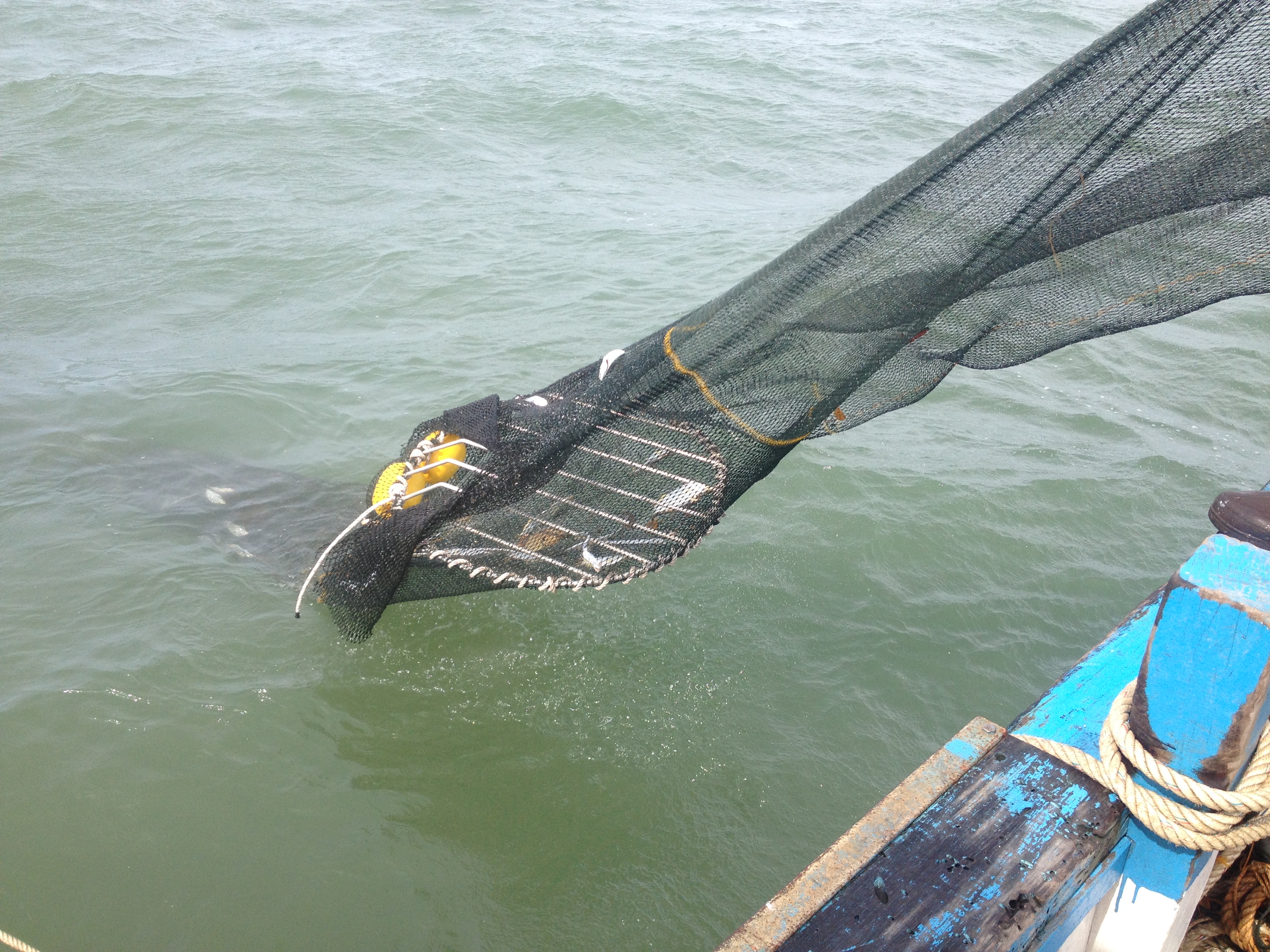The designations employed and the presentation of material on this map do not imply the expression of any opinion whatsoever on the part of IUCN concerning the legal status of any state, city or area or its authorities, or concerning the delimitation of its frontiers or boundaries.
Back





Malaysia Turtle Excluder Device Programme
Contributing IUCN constituents: Marine Research FoundationIUCN Species Survival Commission 2021-2025
Project Details
| Name | Malaysia Turtle Excluder Device Programme |
| Description | Sea turtles are iconic. They have the power to melt young hearts, intrigue scientists and mesmerise and impress the public. In Malaysia, the story is no different: sea turtles adorn tour buses, they are in just about every tourism brochure, they are on television adverts and in prime- time documentaries. They are featured in comic strips and on postage stamps. They are protected by more laws than in any other country in the world, as each state affords them protection over and above that provided by national legislation. But they can hardly be considered ‘safe’, as a number of foreign and domestic pressures threaten their very existence. Possibly the only remaining stronghold is in the Malaysian state of Sabah, on the island of Borneo. The greatest threat to sea turtles in Malaysia is accidental capture in commercial and artisanal fisheries. Sea turtles have the unfortunate legacy of sharing habitats with some of our favourite foods, and of all the threats to their existence, the shrimp industry is perhaps the biggest. As shrimp trawl nets roll along the seabed they indiscriminately catch and drown numerous sea turtles. And yet a very practical and inexpensive solution exists in the form of Turtle Excluder Devices (or TEDs), which are fixed within a trawl net and allow a fisherman’s catch to be retained while turtles are excluded. A TED is usually an oval frame with vertical bars set at precise spacing that allows shrimp and fish to pass through to the cod end, at the back of the net, while turtles and other large objects are forced out through an opening covered by a net flap. TEDs improve the quality of the catch, as large objects such as logs and large animals do not crush it, and the reduction of debris in the back of the net saves fuel, which is a benefit to fishers. For mnore info check out https://www.mrf-asia.org/teds-in-malaysia/ |
| Contributing IUCN Constituent | Marine Research FoundationIUCN Species Survival Commission 2021-2025 |
| Start Date | 7/31/2007 |
| End Date | 12/30/2029 |
| Conservation Actions | 3.1.1. Harvest management4.2. Training4.3. Awareness & communications5.1.2. National level |
| Needed annual budget | - |
| Total annual budget | $100,000.00 |
| Staff | ♀ 4 | ♂ 2 |
| Beneficiaries | ♀ 12,000 | ♂ 22,000 |
MRF_TED Final Final.pdfSGP FInal Report March 2017 - No Annexes_compressed.pdfTEDs Intro 24May19.pdf
Potential reduction of species extinction risk resulting from threat abatement actions
This stacked bar chart represents the relative disaggregation of the selected contribution's total potential opportunity for reducing global species extinction risk through taking actions to abate different threats to species within its boundaries. The percentages refer to the amount of the total opportunity that could potentially be achieved through abating that particular threat.
No data available.